Released in April 2021, the Oppo A74 5G is the latest addition to the Advanced ($200-399) segment of devices in our DXOMARK Battery protocol database. Although it is similar in some ways to its non-5G A74 sibling — both come with a 5000 mAh battery and a multi-cam setup with a 48 MP main camera, for example — there are some significant differences. For one thing, the 5G’s uses LCD technology and has a 90 Hz refresh rate vs. a 60 Hz OLED screen on the non-5G; for another, the two phones employ different chipsets; and finally, the 5G version comes with an 18W charger vs. a 33W charger for the non-5G model. Let’s take a closer look at how well the Oppo A74 5G’s battery performance stacks up against its non-5G sibling as well as against some of its competitors in our comprehensive tests.
Key specifications:
- Battery capacity: 5000 mAh
- 18W charger included
- 6.5-inch, 1080 x 2400, 90 Hz LCD display
- Qualcomm Snapdragon 480 5G (8 nm) chipset
- Tested RAM / storage combination: 6 GB + 128 GB
About DXOMARK Battery tests: For scoring and analysis in our smartphone battery reviews, DXOMARK engineers perform a variety of objective tests over a week-long period both indoors and outdoors. This article highlights the most important results of our testing. (See our introductory and how we test articles for more details about our smartphone Battery protocol.)
Test summary
Scoring
Sub-scores and attributes included in the calculations of the global score.
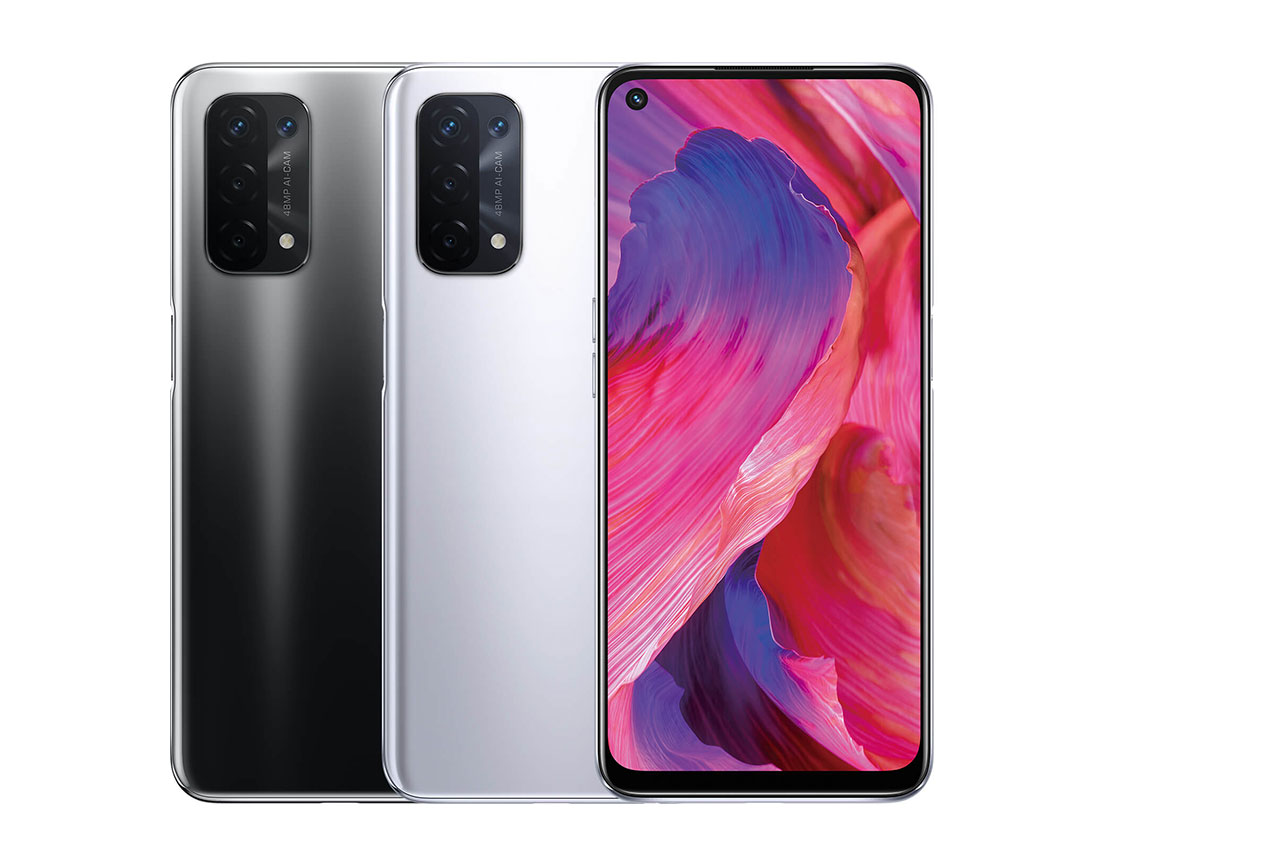
Oppo A74 5G


Key performances
These key points are derived from the lab measurements during testing and do not figure into the overall score. The lab measurements, however, are used for the overall score.
 92nd
92nd
 31st
31st
Pros
- Good autonomy overall
- Well-controlled consumption in most use cases
Cons
- Too-high consumption during the night
With good performances in many categories, the Oppo A74 5G achieved a fairly good 78 battery score for this price point, tying the Xiaomi Redmi Note 10 5G and topping the Motorola G9 Power by 8 points (both competitors in this review). That said, the non-5G version of the A74 achieved an overall score of 86 points, soundly beating the 5G version for charging and efficiency, while remaining just one point behind the 5G for autonomy.
The table below shows the battery capacity, charger, display type and resolution, and processor specifications for the Oppo A74 5G, the Oppo A74 (non-5G model), and two other devices from our Advanced segment, the Motorola Moto G9 Power and the Xiaomi Redmi Note 10 5G.
|
Oppo A74 5G |
Oppo A74 | Motorola Moto G9 Power |
Xiaomi Redmi Note 10 |
|
| Battery (mAh) |
5000 |
5000 | 6000 |
5000 |
| Charger |
18W |
33W | 20W |
18W |
| Display type |
LCD |
OLED | LCD |
LCD |
| Resolution |
1080 x 2400 |
1080 x 2400 | 720 x 1640 |
1080 x 2400 |
| Processor |
Qualcomm Snapdragon 480 5G (8 nm) |
Qualcomm Snapdragon 662 | Qualcomm Snapdragon 662 |
MediaTek Dimensity 700 5G |
Autonomy (80)
How long a battery charge lasts depends not only on battery capacity, but also other aspects of the phone’s hardware and software. The DXOMARK Battery autonomy score is composed of three performance sub-scores: (1) Stationary, (2) On the go, and (3) Calibrated use cases. Each sub-score comprises the results of a comprehensive range of tests for measuring autonomy in all kinds of real-life scenarios.
In terms of their overall Autonomy scores, all four devices in this review stay within a point or two from one another. As ever, the devil is in the details, of course, with all four smartphones showing different strengths and weaknesses in this category.

Stationary
Oppo A74 5G
84
104
A robot housed in a Faraday cage performs a set of touch-based user actions during what we call our “typical usage scenario” (TUS) — making calls, video streaming, etc. — 4 hours of active use over the course of a 16-hour period, plus 8 hours of “sleep.” The robot repeats this set of actions every day until the device runs out of power.
Both versions of the A74 achieved better autonomy than the Moto G9 Power (which has a bigger battery) in our TUS tests, but the Redmi Note 10 5G bested them all by a few hours. Further, the Note 10 5G had better nighttime consumption than the other devices, losing only 1.33% of its charge, while the A74 5G lost 3% battery level per night, which is frankly quite bad (the non-5G model lost 2% and the Moto G9 Power lost 2.33%).

On the go
Oppo A74 5G
81
96
Using a smartphone on the go takes a toll on autonomy because of extra “hidden” demands, such as the continuous signaling associated with cellphone network selection, for example. DXOMARK Battery experts take the phone outside and perform a precisely defined set of activities while following the same three-hour travel itinerary for each device.
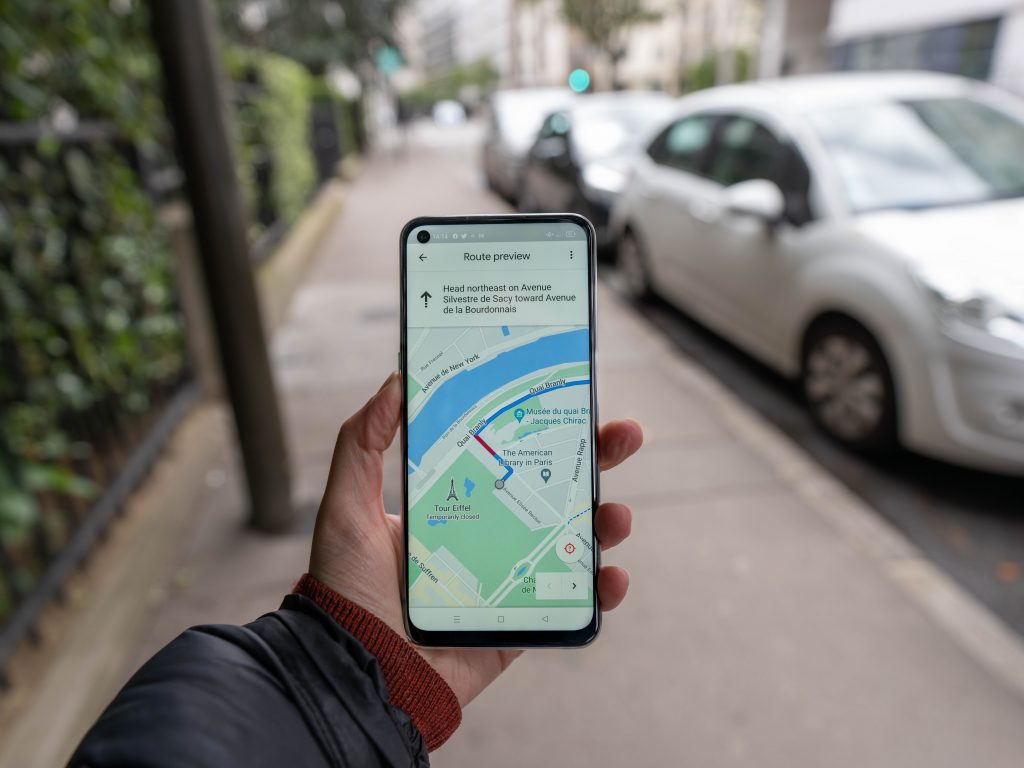
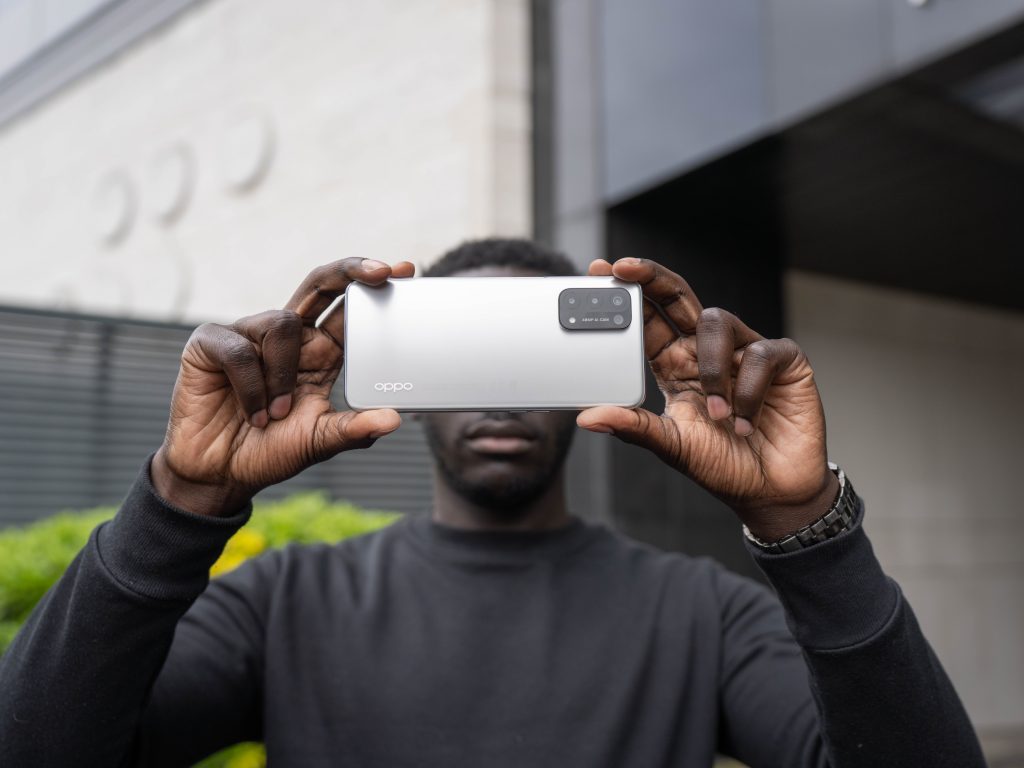
Although the Oppo A74 5G put in an excellent performance for GPS navigation, beating both its non-5G counterpart and both competitors, it showed surprisingly bad autonomy while calling on the go; however the clear winner in our on the go tests overall was the Moto G9 Power.

Calibrated
Oppo A74 5G
69
100
For this series of tests, the smartphone returns to the Faraday cage and our robots repeatedly perform actions linked to one specific use case (such as gaming, video streaming, etc.) at a time. Starting from an 80% charge, all devices are tested until they have expended at least 5% of their battery power.
The A74 5G achieved quite good results in our calibrated tests, ahead of the Redmi Note 10 5G, but not quite as good as the Moto G9 Power — and when it came to 3G calling, the Moto G9 Power had nearly twice as much autonomy as the other three devices. The A74 5G showed better autonomy than its non-5G counterpart when gaming and streaming music, although the non-5G model did better when streaming and playing back video.
Charging (63)
The DXOMARK Battery charging score is composed of two sub-scores, Full charge and Quick boost. Full charge tests assess the reliability of the battery power gauge; measure how long it takes to charge a battery from 0% to 80% capacity and from 80% to 100%; and measure how long and how much power the battery takes to go from an indicated 100% to an actual full charge. With the phone at different charge levels (20%, 40%, 60%, 80%), Quick boost tests measure the amount of charge the battery receives after being plugged in for 5 minutes.
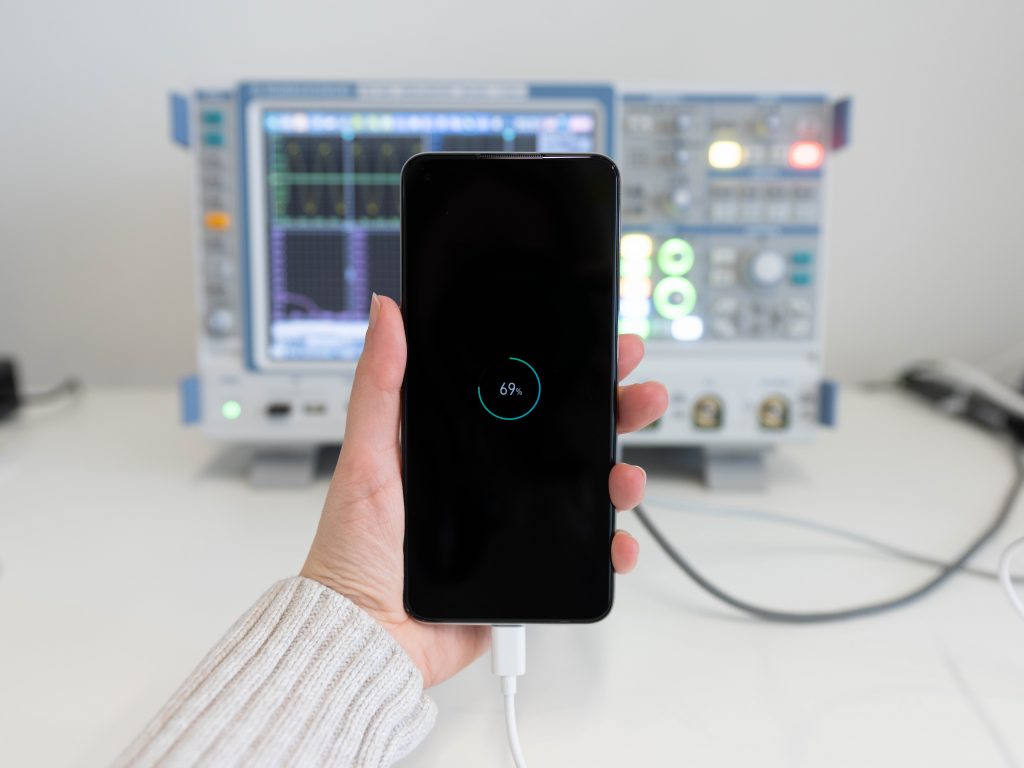
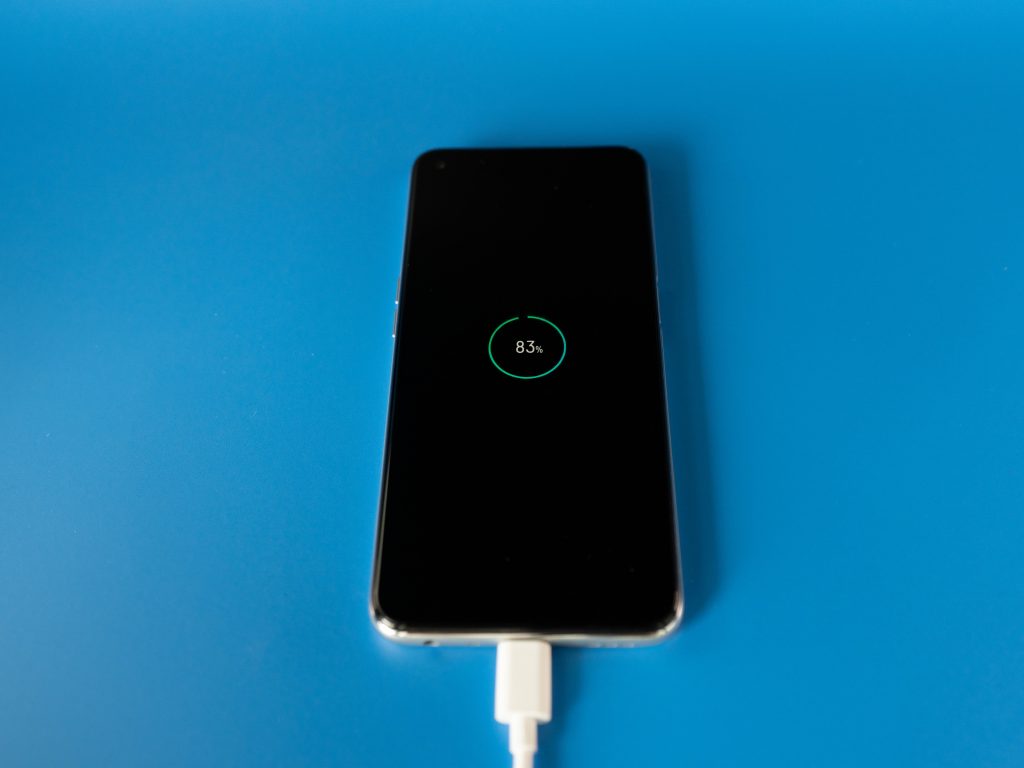
The Oppo A74 5G has a better charging performance than its Xiaomi and Motorola competitors during a 30-minute and a full charge. That said, its overall performance is clearly hobbled somewhat by its 18W charger when compared to its non-5G sibling with its 33W charger.

Full charge
Oppo A74 5G
61
121
The Oppo A74 5G needs 2 hours and 17 minutes to arrive at an indicated 100% battery level and 7 more minutes to get its 5000 mAh battery completely charged. This performance is slightly better than the Xiaomi Redmi Note 10 5G’s (2 hours 29 minutes) and way better than the Motorola Moto G9 Power (2 hours 53 minutes). However, the non-5G version of the A74 leaves the other three devices entirely in the dust, as it takes only 1 hour 11 minutes to from completely empty to a completely full charge — that’s more than an hour faster than its 5G counterpart and is doubtless largely attributable to the non-5G’s 33W charger (vs. 18W for the 5G).

Quick boost
Oppo A74 5G
65
111
By plugging in the Oppo A74 5G smartphone for 5 minutes at any battery level, users will be able to gain more than two hours of autonomy (about 25 minutes of active use). This is a better result than for the Motorola but rather behind the Redmi Note 10 5G; further, the non-5G version of the A74 manages to achieve nearly twice as much autonomy as the 5G version when charged at 20, 40, or 60% power remaining.
| Oppo A74 5G | Oppo A74 | Motorola Moto G9 Power | Xiaomi Redmi Note 10 5G | ||
| Autonomy boost (hh:mm) | 20% | 2:31 | 4:43 | 1:51 | 2:30 |
| 40% | 2:17 | 4:45 | 2:00 | 2:34 | |
| 60% | 2:22 | 4:54 | 2:03 | 2:37 | |
| 80% | 2:11 | 2:28 | 2:06 | 2:37 | |
| Percentage boost | 20% | 5 % | 10.2 % | 4 % | 5.1 % |
| 40% | 4.6 % | 10.3 % | 4.3 % | 5.2 % | |
| 60% | 4.7 % | 10.6 % | 4.4 % | 5.3 % | |
| 80% | 4.4 % | 5.3 % | 4.6 % | 5.3 % | |
| Energy consumed | 20% | 1345 mWh | 2477 mWh | 1452 mWh | 1344 mWh |
| 40% | 1224 mWh | 2495 mWh | 1561 mWh | 1383 mWh | |
| 60% | 1265 mWh | 2575 mWh | 1601 mWh | 1410 mWh | |
| 80% | 1166 mWh | 1297 mWh | 1641 mWh | 1409 mWh |
Efficiency (80)
Our Efficiency score comprises two sub-scores, Charge up and Discharge. Charge up is the efficiency of a full charge (that is, how much energy is drained from the wall outlet vs the energy capacity of the battery, as well as the efficiency of the charger and its residual consumption). Discharge is how much current the smartphone drains from the battery when in use (the ratio of battery capacity over autonomy). Better autonomy with a smaller battery means better efficiency.
The Oppo A 74 5G shows good performance in efficiency — it is clearly better than the Xiaomi and much better than the Motorola, although it lags some 7 points behind the non-5G model overall.

Charge up
Oppo A74 5G
64
105
The Oppo A74 5G has an efficient enough charging system (73%), way better than the Moto G9 Power’s (64%); but while the Redmi Note 10 5G’s charger is more efficient for arriving at a full charge that either of those two devices (and incidentally, less demanding when the smartphone is not plugged to the charger), top honors for charge up belong to the non-5G Oppo A74 and its 33W charger. That said, however, the non-5G’s charger consumes more than the 5G’s when the smartphone is not plugged into the charger but is still connected to a power outlet.

Discharge
Oppo A74 5G
87
121

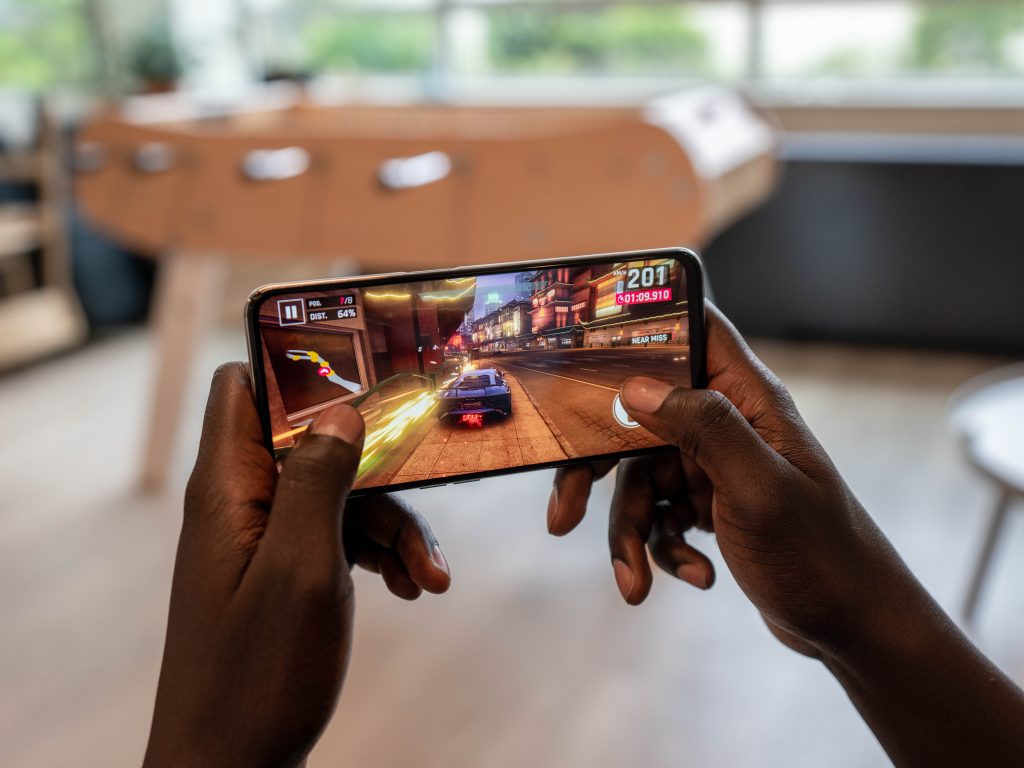
The Oppo A74 5G has well-controlled consumption in most of use cases, with far less consumption than its Motorola and Xiaomi competitors for streaming video and music in 4G — though the non-5G version does better for video streaming. That all said, the A74 5G consumes much more power than its non-5G counterpart and its two rivals during the night.
Conclusion
The Oppo A74 5G has two weaknesses, particularly when compared with the non-5G model — charging and nighttime power consumption. But with well-controlled consumption in nearly all other use cases, and offering 2 days 16 hours of autonomy with moderate use, the Oppo A74 5G provides a reasonably good battery experience overall.


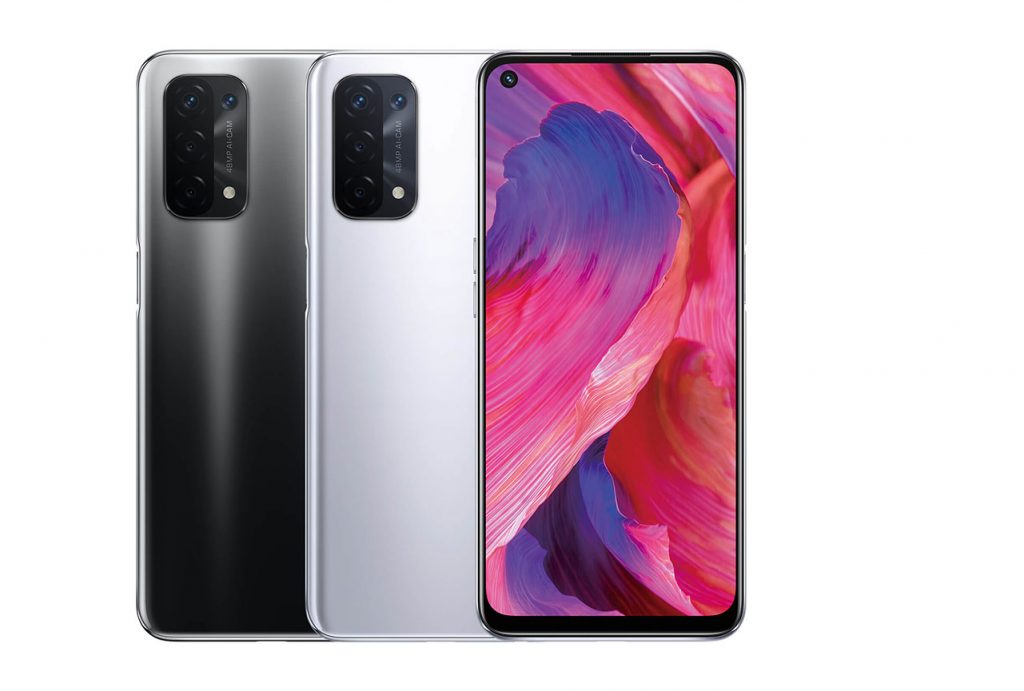
DXOMARK encourages its readers to share comments on the articles. To read or post comments, Disqus cookies are required. Change your Cookies Preferences and read more about our Comment Policy.